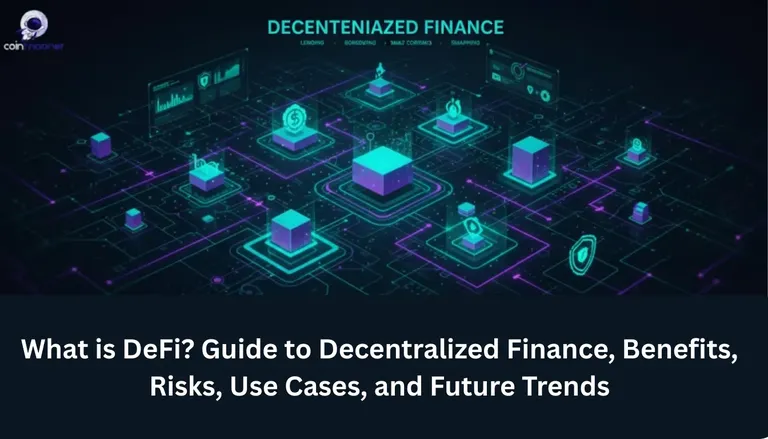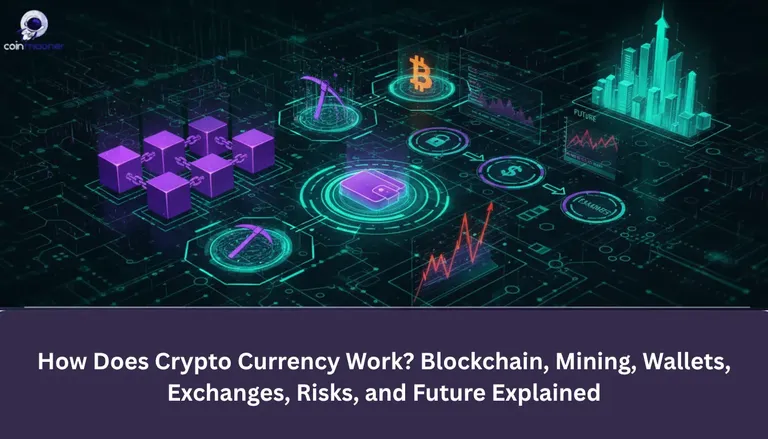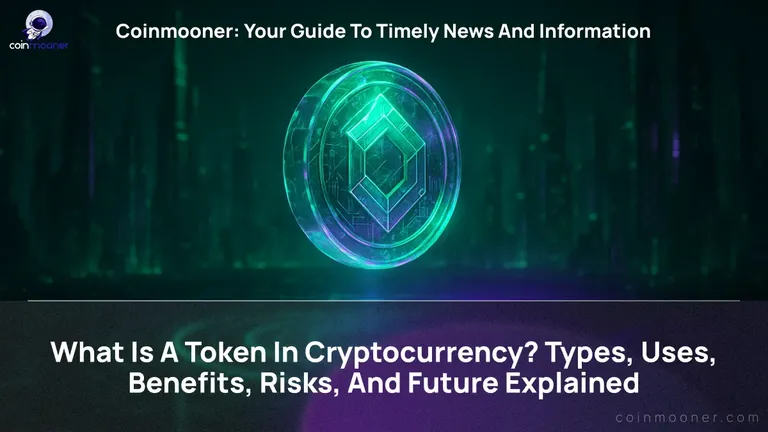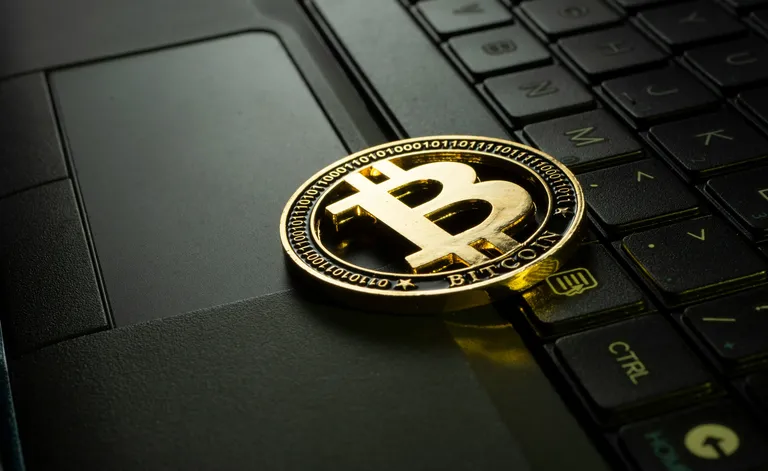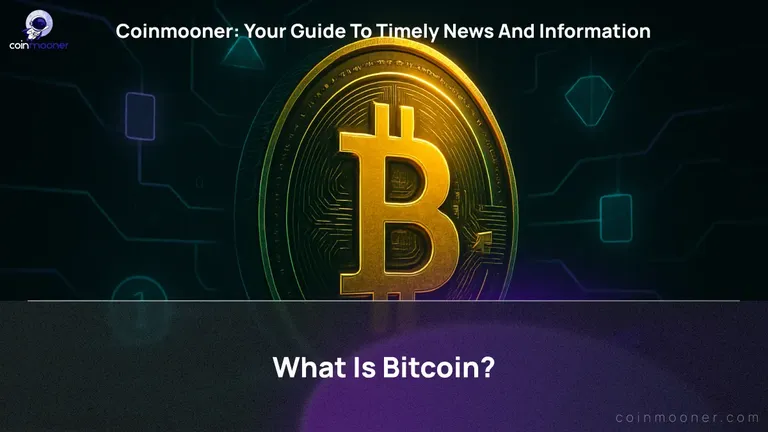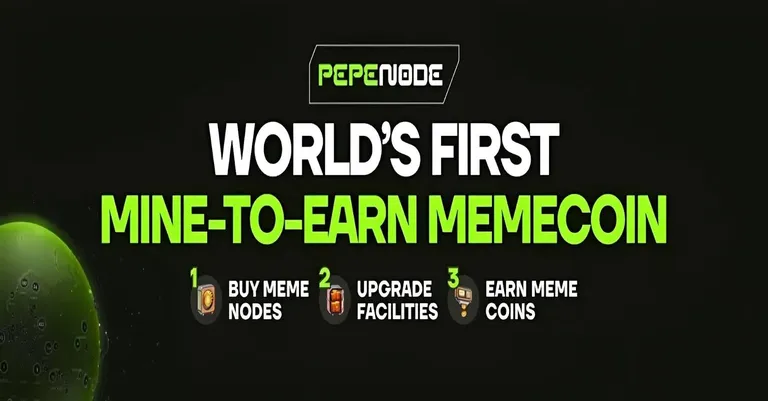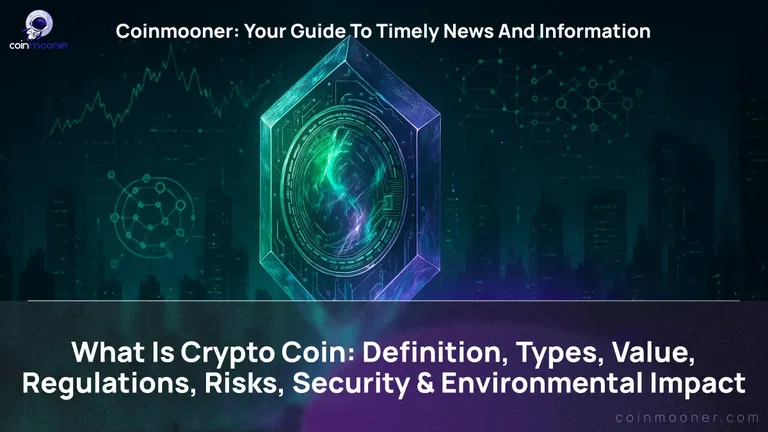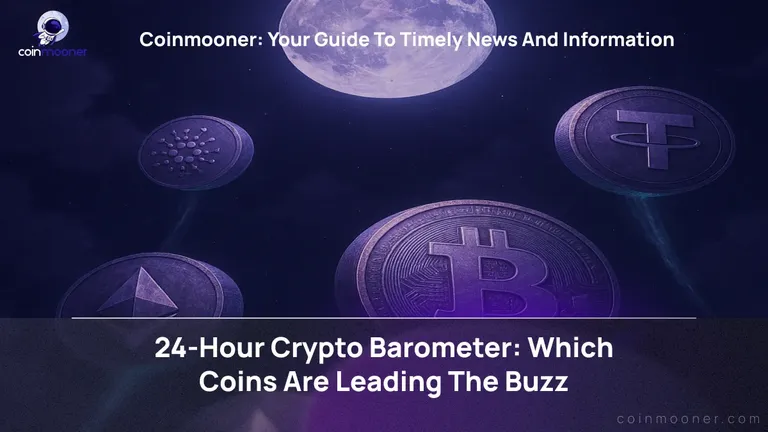Decentralized Science: The Next Frontier of Research Powered by Blockchain
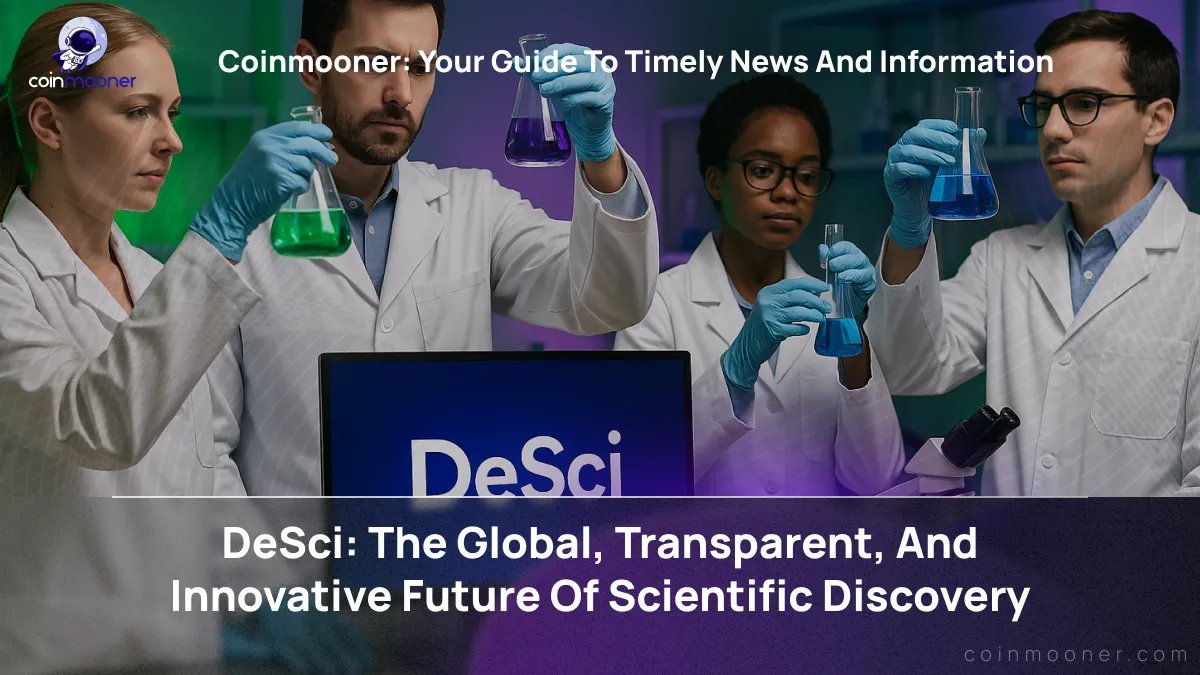
In today's world, blockchain technology is rapidly spreading into all areas of life, from finance and logistics to education and entertainment. However, there are still fields where using decentralized solutions may seem unclear or even impossible at first glance. These are often the most interesting cases because they open the door to truly groundbreaking ideas. In this article, the Coinmooner team explores one such niche. It is unusual, highly specialized, and still mostly unknown to the general public. We will look at three projects that are completely rethinking how science works by using Web3.
One of the most promising directions at the intersection of science and blockchain is called DeSci, which stands for Decentralized Science. This new movement is building an alternative ecosystem for scientific research based on Web3 principles like transparency, open access, and distributed governance. Within DeSci, blockchain is used to democratize funding for research, manage intellectual property rights, and create scientific communities in the form of DAOs, or decentralized autonomous organizations. This model makes science more open, fair, and accessible by removing middlemen and cutting through bureaucracy that has slowed progress for decades.
At first, science and blockchain may seem like two worlds that have nothing in common. But the examples we will share prove otherwise. These new DeSci projects do not use tokens and DAOs just for the sake of trends. They are deeply rethinking the structure of scientific institutions and inviting thousands of independent contributors from around the world to take part in research. This is a true scientific revolution for a new generation - decentralized, global, and genuinely innovative.
ATHENADAO

The first project we want to highlight is AthenaDAO. This is a decentralized autonomous organization (DAO) launched in 2022 with a mission to fund and advance scientific research in women's health - an area that has been underfunded and overlooked in traditional science for decades. AthenaDAO was created by activists and researchers connected to other DeSci platforms such as VitaDAO and Molecule. Its name refers to the ancient Greek goddess Athena, a symbol of wisdom, strategy, and justice, reflecting the DAO’s goal of bringing more balance and inclusivity into the scientific world.
The project uses blockchain and tokenization to fund innovative research in areas like hormonal health, reproductive diseases, menstrual disorders, and menopause. Community members can propose ideas, vote on scientific initiatives, and even take part in grant allocation. This is a fully open and decentralized model where scientists, investors, and activists collaborate as equals. AthenaDAO works closely with research labs, bringing Web3 funding to projects that are often ignored by traditional institutions.
AthenaDAO has become an important part of the DeSci movement, showing that Web3 can help solve real, systemic problems in science - such as gender inequality in research. One striking fact: according to the DAO, only 2% of all medical research globally focuses on conditions specific to women, even though these issues affect millions. AthenaDAO is not just an experiment in token use. It is a social and scientific movement that tackles critical issues using the tools of Web3.
VITADAO

The next project our Coinmooner team wants to highlight is VitaDAO. This decentralized autonomous organization (DAO) was founded in 2021 to fund and coordinate research in longevity and biomedicine using Web3 tools. It was launched with support from the biotech startup incubator Molecule, along with a group of scientists, investors, and crypto enthusiasts. The main goal was to break down the barriers of traditional scientific funding and make it more open, efficient, and fair. VitaDAO raises funds in cryptocurrency and distributes them to research projects. Community members make decisions by voting with the $VITA token.
VitaDAO has become one of the leading forces in the DeSci (Decentralized Science) movement, showing how Web3 can completely reshape the way science is funded. Instead of relying on centralized grants, heavy bureaucracy, and closed-access publications, VitaDAO offers an open model where anyone can take part - from selecting projects to co-investing in intellectual property. In 2022, the DAO caught the attention of major pharmaceutical companies, including Pfizer, which became the first large traditional investor to buy VitaDAO tokens and join its governance. This marked a major moment for both Web3 and DeSci, proving that even highly regulated industries can embrace decentralized models.
An interesting fact: VitaDAO has already funded over 20 scientific projects related to cellular aging, aging biomarkers, mitochondrial diseases, and regenerative medicine. One example is the licensing of a potential anti-aging drug developed in partnership with the University of Copenhagen. The DAO has also inspired new initiatives such as AthenaDAO (focused on women’s health) and ValleyDAO (focused on biotechnology and synthetic biology). VitaDAO is more than just a Web3 experiment in science - it has become a symbol of how blockchain can be used not just for profit, but for the benefit of humanity.
MOLECULE

The last company we want to talk about is Molecule. This is a Web3 platform founded in 2019 that allows scientific research - especially in biomedicine - to be tokenized using so-called IP-NFTs. These are non-fungible tokens that represent intellectual property rights. The project was created by a group of scientists and blockchain developers, with Paul Kohlhaas, an entrepreneur experienced in Web3 and biotechnology, playing a key role. Molecule’s main goal is to radically change how scientific research is funded. Instead of grants and venture capital, scientists can raise money directly from DAOs, investors, and Web3 communities.
The platform became the technological foundation for the DeSci (Decentralized Science) movement and helped launch projects like VitaDAO, AthenaDAO, and ValleyDAO, all of which use Molecule’s infrastructure to tokenize scientific intellectual property. Molecule acts like a “scientific Shopify,” where researchers can create, manage, and sell licenses for their inventions while staying within a decentralized ecosystem. This breaks the traditional model where universities and corporations control scientific patents and creates an open, market-driven environment for science.
An interesting fact is that the first-ever tokenization of a scientific development through IP-NFT happened on Molecule’s platform. In 2021, they licensed an experimental drug against Alzheimer’s disease developed by scientists at the University of Copenhagen. This case sparked a wave of interest in DeSci and led to the term “ScienceFi” - scientific finance. Molecule actively participates in conferences and works with labs, Web3 companies, and universities, helping to build a bridge between traditional science and the decentralized economy.
COINMOONER

We want to conclude that using blockchain technology in science, especially through DeSci projects, opens up entirely new opportunities for research. Initiatives like AthenaDAO, VitaDAO, and Molecule show that decentralization can remove bureaucratic barriers, increase access to funding, and make science more transparent and fair. This is a true breakthrough - independent scientists, investors, and activists from around the world come together in decentralized communities to work on important challenges, creating an alternative ecosystem that is reshaping traditional scientific institutions.
At the same time, our Coinmooner team reminds everyone that in the Web3 industry, it is especially important to use advanced protection and security methods. Only this way can trust and reliability be ensured in decentralized systems, whether for funding research or managing intellectual property. In a time of rapid technological growth, a smart approach to security is the key to the successful and sustainable development of innovative projects in science and beyond.


